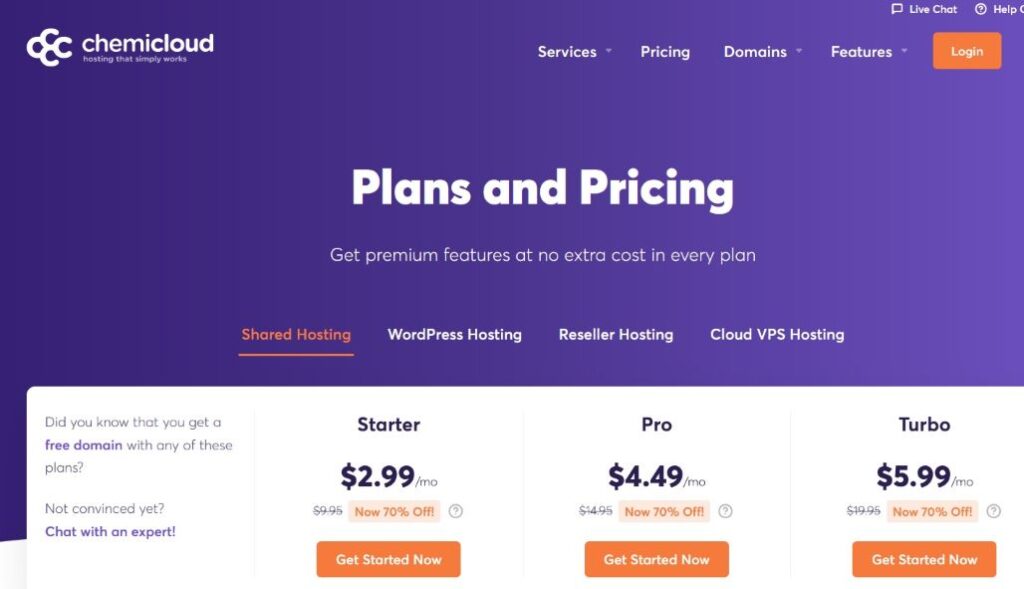The top 3 SaaS pricing strategies you should know right now

Just so you know, before we start with the top three SaaS pricing strategies, this post deals with the pricing of a SaaS product from a company perspective. That is to say, which pricing model is better for your SaaS startup to maximize profits. The post: The Best 7 SaaS Pricing Models out there addresses the marketing side, and it’s much more fun to read. In this post, we will talk straightforwardly. We will present the three models: Cost-based Pricing, Value-based Pricing, and we will finish with Competition-based Pricing. Come on, let’s get started!
1. Cost-based Pricing
What is Cost-based Pricing?
Cost-based Pricing originally comes from manufacturing companies. It has only two steps. Step one: Calculate the cost of producing the product. For example, The production cost is 100 euros. Step Two: Calculate the gross profit we need or want for the company to continue to exist. Suppose 30%. Then the price to the consumer sums up to 130 euros. Simple, don’t you agree? In SaaS companies, the calculation of direct “production” costs is a little different. For example, product development, design, hosting, infrastructure, etc.
Pros Cost-based Pricing for a SaaS product
- Easy to implement.
- Easy to calculate.
- Guarantees cost coverage
Cons Cost-based-Pricing for a SaaS product
- Ignores the value for the customer.
- Customers do not understand the calculation. How much does it cost, for example, per megabyte per month or seconds of microprocessors?
- It’s not a pound of avocado. It is difficult to justify a price change.
In short: Cost-based pricing for a SaaS product focuses on the company’s cash flow and not on the needs and desires of customers, and this is actually the main problem. And for that, we will move on to the next pricing strategy. Competition-based-pricing.
2. Competition-based Pricing
What is Competition-based Pricing?
Competition-based Pricing. Exactly as it sounds, you look at your competitors and try to price your product similarly. Usually, when we price according to our competitors, each company tries to add its own little touch.

Pros Competition-based Pricing for a SaaS product
- Super easy to implement.
- No calculation.
- Your startup is perceived as a legitimate competitor. Getting the Pricing right is one way to place your product as an equal competitor.
Cons Competition-based-Pricing for a SaaS product
- It ignores the value for the customer.
- It does not guarantee cost coverage. You have no idea what’s going on with your competitors.
- Leads to a price war. OMG, we will lose money.
3. Value-based Pricing
What is Value-based Pricing?
Value-based pricing is essentially the essence of most SaaS products. SaaS products are great because they solve our issues and make our lives easier. Now, we need to think carefully about how much the customer will be willing to pay for our fantastic solution. The first questions to ask are: Who is the customer? Who is our first customer? Or, more specifically, who is our first customer group? Who are the people who would like to sign up for the online service we offer? And how much will they be willing to pay for this service?
When using Value-based Pricing for SaaS products, it is impossible to rely solely on the brand, as we do with consumer products. Therefore, we must create actual value.
Pros Value-based Pricing for a SaaS product
- The price refers to the price the customer is willing to pay.
- It is possible to price some features of the product separately. Each feature has a different value for the customer. And the customer is the one who knows best how much he is willing to pay for each one.
- In a perfect world, the price the customer is willing to pay for the perceived value of your product is significantly higher than the total costs. Then, my friends, you can open a bottle of champagne. We have a SaaS machine that prints money.
Cons Value-based Pricing for a SaaS product
- How do we really know how much the value of our product is worth? Especially if our idea/product is groundbreaking.
- In a Shitty world, the price the customer is willing to pay for the perceived value of your product is lower than the total costs. Then my friends, say goodbye to your new startup and your LinkedIn status.
In a shitty world, the price the customer is willing to pay for the perceived value of your product is lower than the total costs. In that case, say goodbye to your new startup and your LinkedIn status.
The perfect solution for SaaS Pricing
In SaaS Pricing, just like in style. The right combination will do the work.

Why settle for one Pricing model when you can combine all of them?
Step 1: Understand your costs.
You can’t ignore the costs. Not every startup has investors who want to throw piles of money at them. On the one hand, to start a startup or any other business, we need to be optimistic that we will succeed. On the other hand, we are so optimistic that we forget to build a model that pays back the costs.
Step 2: Combine Competition-based Pricing with Value-based Pricing
Let’s see how it works.
Product: Hosting Server. Chemicloud vs. Bluehost

Step 1: We will assume that these companies know how to calculate costs.
Step 2: Both companies compete for the same customer. Both companies start with an aggressive promotion that lowers the price to almost the same. The original price is fundamentally different.
At first glance, this looks like competition-based pricing. Chemicloud was established in 2016 and aligned with one of its prominent competitors, Bluehost. However, upon closer inspection, Chemicloud is still trying to build a different mix of packages to differentiate itself. Both companies are attempting to find the right mix (the so-called perfect package) so that customers feel they are receiving the highest value for the price they paid. Both companies are using the value-based pricing strategy and the feature-based pricing model. For more on the feature-based pricing model, click here.
This post covers the following topics and questions: SaaS pricing strategies, What is the SaaS pricing system?, SaaS Pricing Models for 2025, SaaS pricing models examples, How do you price a SaaS product? What is SaaS pricing?, How is SaaS cost calculated.
You’ve reached the end of the post: The top 3 SaaS pricing strategies you should know right now. To read more posts on SaaS Marketing, click here – SaaSy Marketing Blog.




Updated:
02, 2025